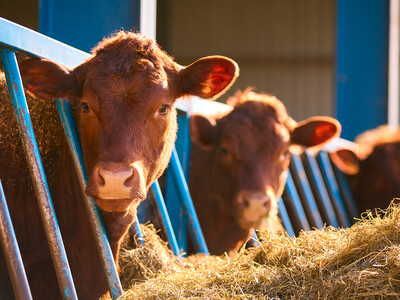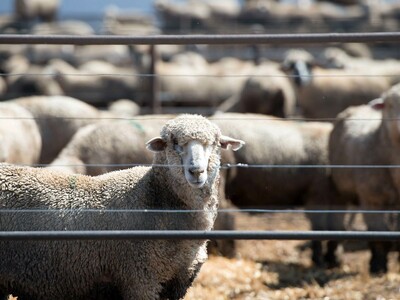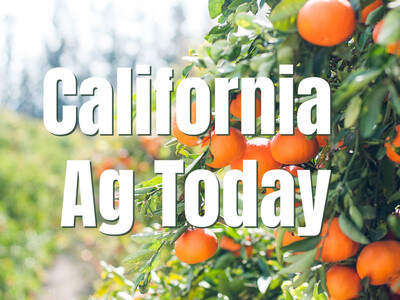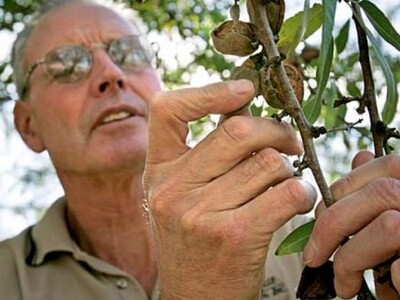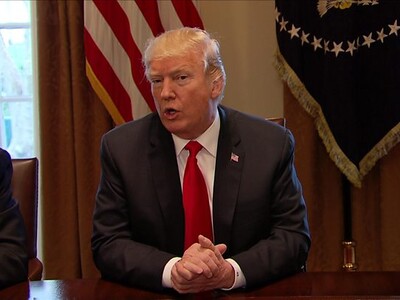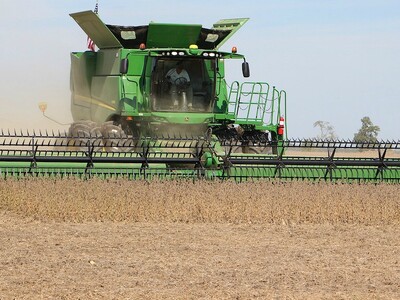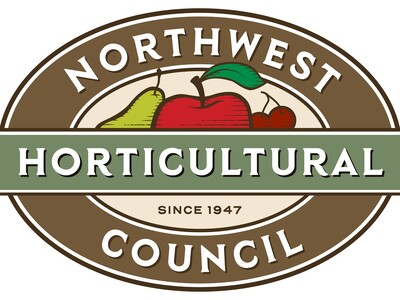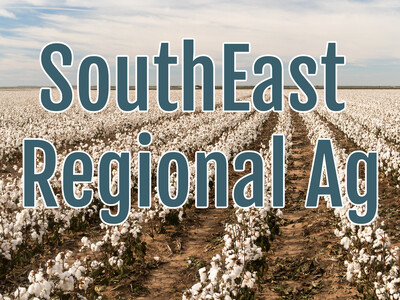American Jobs Act and Rural America
American Jobs Act and Rural America. I’m Greg Martin with today’s Line On Agriculture.
The whole nation is abuzz about President Obama’s latest attempt to boost the economy. But how does the American Jobs Act apply to our farmers and ranchers? Ag Secretary Tom Vilsack says it all starts with confidence.
VILSACK: Everybody in the country obviously wants to get this economy going again because once it gets going again folks are in a better position to be confident about purchasing more at grocery stores and at other consumer places so it’s important for producers that folks feel confident. To do that we need small businesses and our farms and ranches who employ folks to feel confident about being able to do so.
Vilsack says that’s where cutting payroll taxes by three-and-a-half percent comes into play - helping small business hire and grow. Vilsack says another part of the plan would address a very important aspect of agriculture - infrastructure.
VILSACK: You know to get product to market they need better roads, they need better rail systems, they need better lock and dam systems, they need better ports. All that infrastructure is expensive but it also puts people to work building and so the President is calling for an effort to rebuild and modernize America and put people back to work immediately with infrastructure.
The Secretary says that also includes schools. But with the President suggesting the plan won’t add to the deficit - some are curious where the money to pay for it is going to come from. According to Vilsack.
VILSACK: We’re going to have to be creative. We’re going to have to be innovative. We’re going to have to be smarter. We’re going to have to be making some tough choices but we’re still going to be providing the services that people want and need and we’re still going to be having that safety net that’s so important for farmers and producers particularly in a year where we’ve seen historic fires and floods and tornadoes and drought. It reminds us of the importance of maintaining that safety net and the importance of conservation.
Vilsack admits the effort is a short-term one - just to get the economy back on track.
VILSACK: It’s sort of like a heart patient where you know they get the paddles out and they give it a shock and that heart begins beating again on a regular basis. That gets you out of immediate trouble; then you have to have a long range plan.
The Secretary adds that the long-range plan already in place plays to the strengths of rural America - with an emphasis on renewable energy and bio-based products.
That’s today’s Line On Agriculture. I’m Greg Martin on the Ag Information Network.




